Suburban Pump Track Madness!
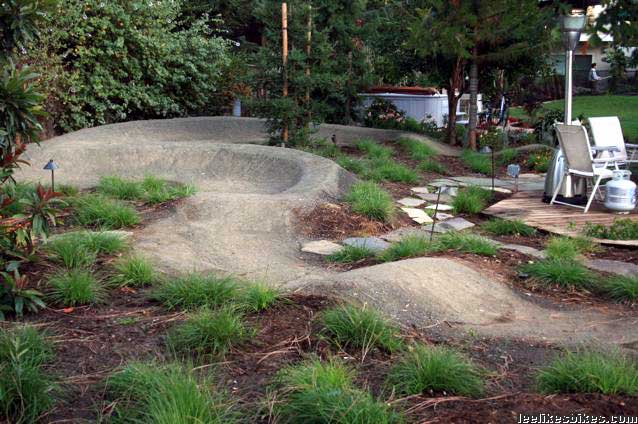
Pump Track Nation is rolling stronger than ever. Here are a couple tasty examples, one from a pro BMXer and one from a pro landscaper.
|
The more you click, the more I can post. Lee Likes Groceries dot com! |
In process
Down in Socal, AA Pro BMX racer Jason Richardson is braving his HOA like the champion he is.
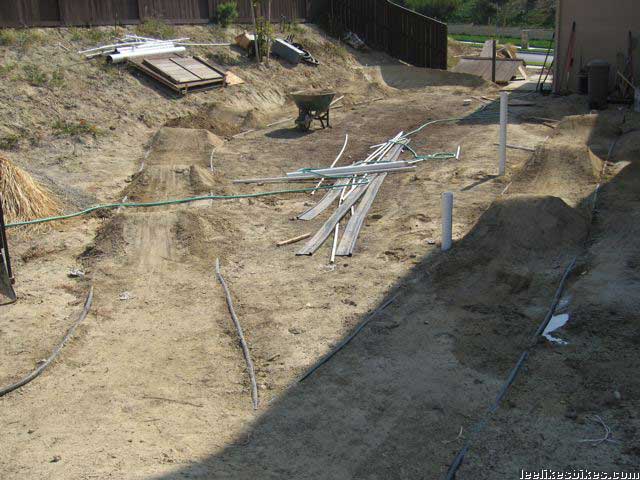 |
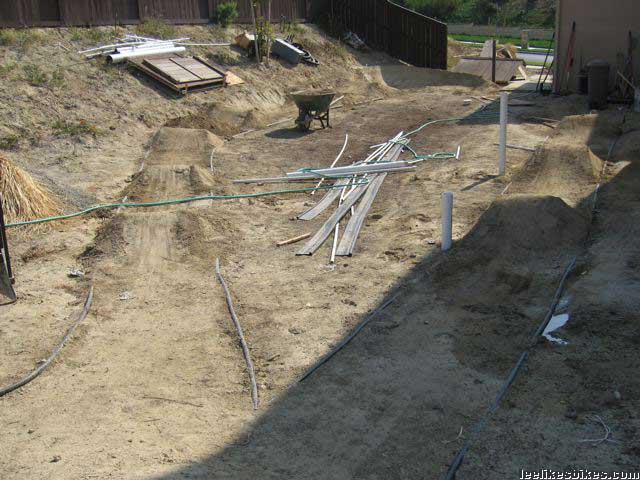
|
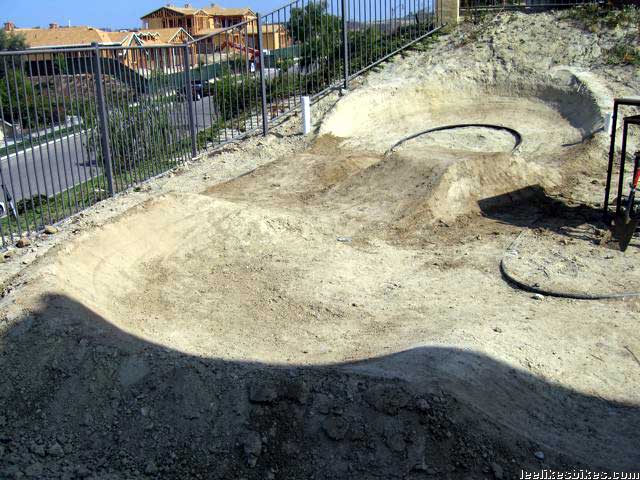
|
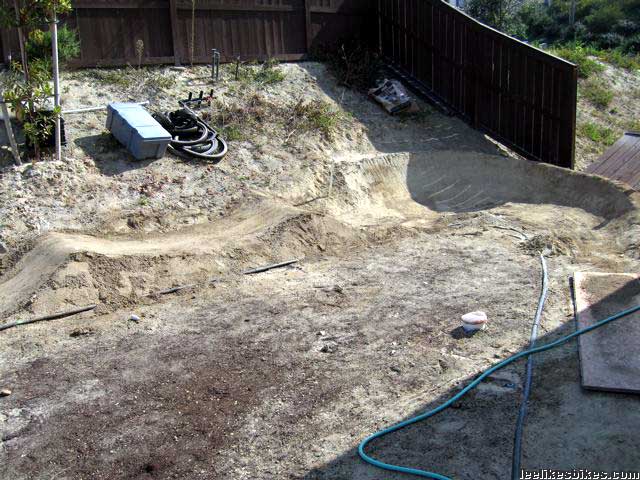
|
Dialed
Up in Norcal, Cynthia Tanyan of Mozaic Landscape Design just finished this beauty. Better Homes and Pump Tracks!
 |
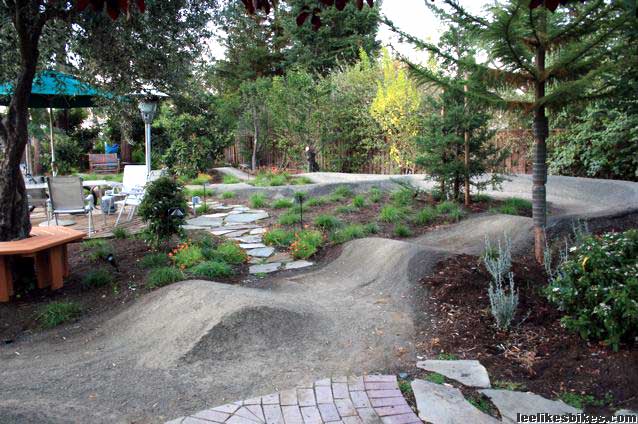
|
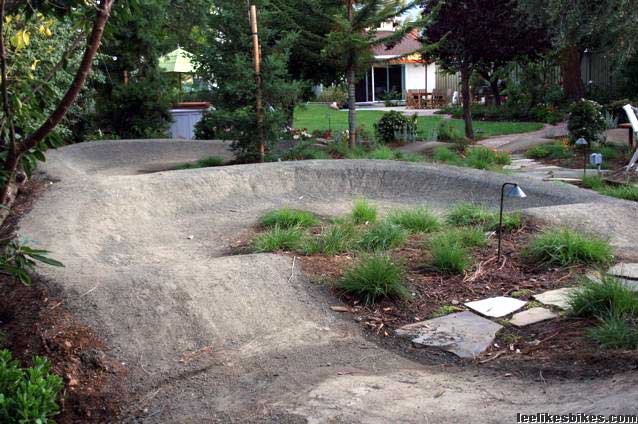
|
Oh man, I’m sitting on 1.5 acres in the foothills above Boulder. Trying to buy the house. Once we sign the papers …

Comments are closed.